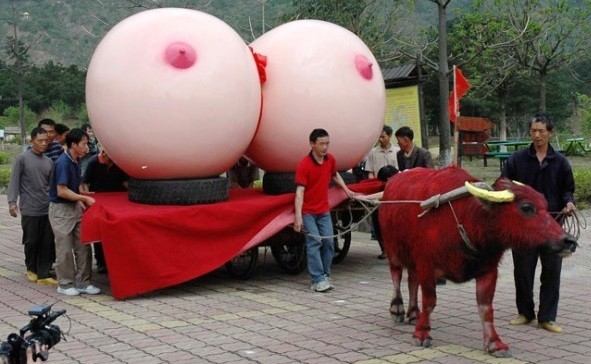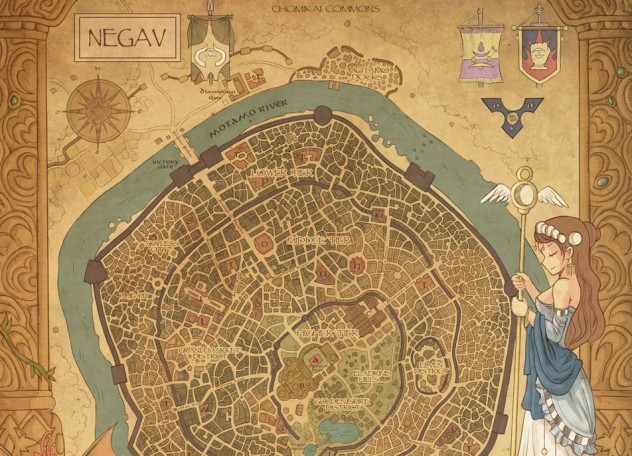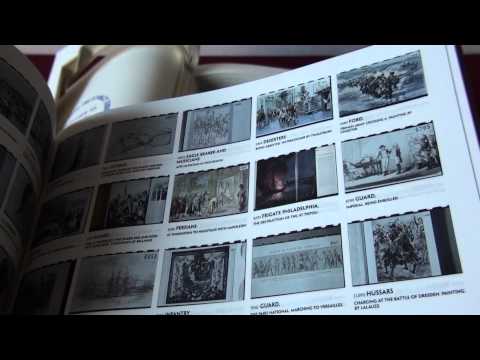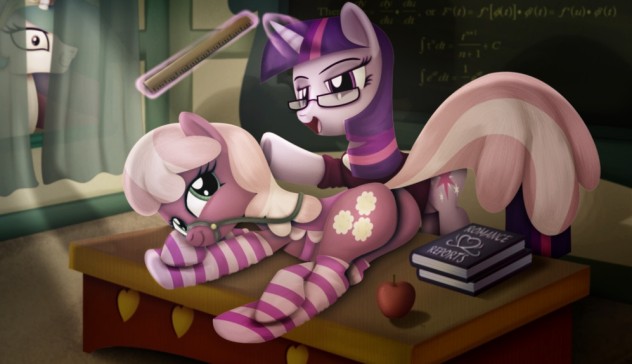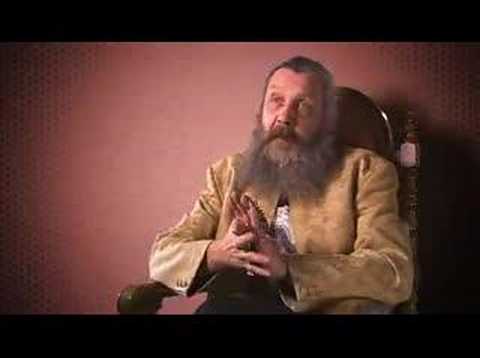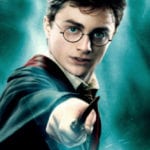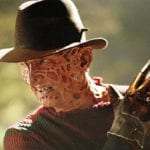10Shu Yong’s Breast Sculptures
In 2007, Chinese artist Shu Yong unveiled a rather grotesque sculpture. Essentially, he attached dolls to large breast sculptures, and put them on display in Qingyuan. It was successful enough that, in 2009, he produced some more giant breast spheres, and then took them on a tour of rural China. The sculptures were so large that they needed to be hauled around on carts. In 2014, he made yet another giant breast sculpture, this time next to an artificial waterfall made of urinals. While, ostensibly, Yong was critiquing a plastic surgery fad that was sweeping China at the time, certain aspects of this suggest that was just a cover story. For one thing, while plastic surgery sometimes drives people to have breast augmentations until the breasts become large enough that many would think the procedures were excessive, you can make this point about literally anything that involves increasing something. Would Yong satirize raising minimum wages in China by showing a doll of a person in a minimum wage job’s uniform drowning in yen? Does the fact there are women who grow long hair mean he would satirize that by attaching numerous wigs to a doll’s head? Also, if his motivation was artistic or polemic, why would he send his sculpture through rural areas where millions of people live in poverty, as they naturally aren’t the target audience for this message anyway since they can’t afford the surgery? If you think that this level is so grotesque that it’s beyond what anyone could find attractive, there are indeed numerous people who find such ludicrously large breasts arousing. Shu Yong merely would have been unusually exhibitionist about it behind the veil of art.
9Cannibal Universe Building
Karbo is a vore fetish artist, and vore, in this case, means a creature eating another, usually with a human as predator or prey. He doesn’t try to hide it in the slightest, but he’s not the most hardcore fetishist of that type. He likes to see human beings swallowed effortlessly rather than chewed up and dissolved with stomach acid. To be able to justify people being easily swallowed in such a way in his artwork, he invented a magical land full of giant monsters that are half-human and half-animal (or half-plant). But, instead of just saying, “It is a magic land so there are little people and big people,” and leaving it at that, he has drawn numerous elaborate SFW images to envision the environment he has created called Felarya. Such drawings as the one of Chidokai Woods or the Evernight Forest are typical of his universe, despite their non-fetishistic content. They also all have long explanations and descriptions that don’t have any fetishistic content. He also has drawn eight comic books of nearly 100 pages each to develop his characters. Whether or not you like his anime style, he can clearly draw at least competently, and his story has grown into a popular Wiki (NSFW).
8Wonder Woman
As we have described elsewhere, Wonder Woman was designed by creator Dr. William Moulton Marston to appeal to girls and serve as a feminist role model. While she did indeed appeal to girl readers at the time more than the average comic character, she apparently sold better to male readers and was used in part for advertising based on sex appeal. According to later analysts, that’s more appropriate than it is unfortunate. There is considerable evidence that Marston used his gig writing for Wonder Woman for sexual purposes. During his pre-comic years, Marston wrote numerous psychology papers which touched on the subject of submission and dominance. Then, during his tenure with the comic, critics have said that he placed standard BDSM paraphernalia (bondage, spankings, etc.) all over the place. These elements stopped appearing as soon as he was replaced. While none of this is exactly a signed confession that the comic was indulging his fetishes, it does indicate that the first feminist icon was progressive in ways even many feminists of the time wouldn’t have approved of.
7Stanley Kubrick’s Studio-Produced Porn Stash
Although these days he’s held in such esteem that many people will go frame-by-frame through some of his movies looking for hidden meaning, during the shoots for Stanley Kubrick’s movies it would come out time and again that he had a breast fixation. This was not merely an innocent kink. Supposedly, he would film actresses auditioning for the role of a rape victim in A Clockwork Orange by having them remove their tops in a room with a hidden video camera in it. Word of this almost dissuaded the actress who played the rape victim in the film from accepting the role. By far the most blatant and involved expression of Kubrick’s fixation came during the 1968 preproduction of his Napoleon film project, which ultimately was never made. But Kubrick got considerable use out of it anyway. He had David Walker, the costume designer, do bare-breasted dress designs. Walker ultimately had to do so many drawings that he decided to quit the job after three months, complaining, “I’m not going to be spending any more time doing pornographic drawings for Stanley Kubrick!” Just try to imagine how many drawings could be made in three months, and how many would be enough to compel an artist to quit. And they were all on made on a studio’s dime.
6Robert Flanagan’s Supermasochism
As we’ve seen, many people make drawings and movies to cater to their fetish. Flanagan had a movie made that was in large part about his fetish, called Sick: The Life and Death of Bob Flanagan, Supermasochist by Kirby Smith. That’s something most fetishists probably wouldn’t even want done if the option were available, and many would never even consider participating in it. But, from the beginning, Flanagan was something of an exhibitionist. Flanagan first became known as a person who survived the horrendous disease cystic fibrosis for an unusually long time, meaning into his 40s, while most people suffering from the disease at the time didn’t reach 30. He was trained in the Los Angeles theater troupe Groundlings and, from there, worked alongside his life partner Sheree Rose to develop a humorous and extreme piece of performance art that consisted largely of photos, videos, and a monologue about his proclivities. Flanagan’s forms of masochistic abuse went much further than anything that would have been portrayed in 50 Shades of Grey. This is someone who would staple his skin and, in one unforgettable video, pound a nail through the head of his penis into a board, and then just let it bleed onto the camera lens. Using such pieces to make a name for himself, Flanagan was offered parts like the masochistic lead in the NSFW Nine Inch Nails music video, ”Happiness in Slavery.”
5Russ Meyer’s Mammary Opus
While breast fetishism is hardly the most unusual fetish, most obsessives aren’t willing to stake their livelihoods on it. Even those that succeed probably wouldn’t have anywhere near the effect on popular culture that fetishist filmmaker Russ Meyer had. Not necessarily a positive effect, mind you, but certainly an effect. Meyer, a former World War II combat photographer, got it into his head in 1958 to make a feature film about voyeurism. Recruiting his old war buddy Bill Teas for the lead, he made a rather cockamamie film called The Immoral Mr. Teas. It’s about a man who gets a shot of novocaine that leaves him with the permanent ability to see women naked. Although there’s no full frontal nudity or sexual contact, when it was released in 1959, it was deemed obscene and seized by the police in San Francisco. This was especially bad for Meyer as he’d put $24,000 (roughly $200,000, adjusted for inflation) into the movie which was every dollar he and his friend Pete DeCenzie had. Fortunately for him, a later court found the movie was not obscene, and it went on to make $1 million. That was such a huge amount of money back then that it significantly increased the number of sex films being made, and it’s also been credited with being the first mainstream sex comedy. To think it was all just because Meyer wanted to film some topless women being oogled.
4Las Lindas
This is a web comic about a young woman trying to prevent her farm from being seized by a large corporation, and the circle of friends she accidentally brings together while trying to recruit some farmhands. That’s the ostensible plot of this series, with the wrinkle that everyone in it is an anthropomorphic creature, like a cowperson or a catperson. Artist Chalosan was apparently so enamored with this that he not only spent 10 years on this series, but he has drawn seven spinoffs of it. All were full-color comics with no repeated poses. This is not in any way an endorsement of this comic or its spinoffs. Web comic reviewers have been very consistent in saying that this is a dire comic collection even by the standards of softcore furry porn. Even if someone were a furry who enjoyed this sort of artwork, they’d probably have issues with the author’s morality. For instance, there’s a scene where the main character is told by a supposedly sympathetic character that her having consensual angry sex with a farmhand is comparable to her being nearly gang raped. The comic page where she is assaulted is actually unironically called “Karma.” But, bad as it all is, it’s certainly ambitious.
3Romance Reports
We learned from the game Fighting is Magic just how far fans of My Little Pony: Friendship is Magic are willing to go in expressing their affection for the show. Naturally, though, there’s a much less pleasant side to that. Still, people who contribute to that part of the less pleasant side are really willing to give it their all, too. In this story, the show’s main character, Twilight Sparkle, develops a crush on Princess Luna, one of the show’s authority figures. Luna rejects Twilight because Sparkle supposedly knows nothing about romance, so Twilight goes on a rather improbable quest to better understand romance by starting a romance with pretty much every other adult character on the show, of both genders. That’s the story that author Sleepless Brony devoted 185,000 words to—longer than any of the Lord of the Rings books. Even though the community often makes a point of asserting how those who create sexual material are only a fringe of the fan base, this story seemed to receive a considerable degree of acceptance from mainstream fans. Numerous pieces of fan art were drawn for it, and numerous fan stories were written about it. The author explained that he did work hard to imbue the scenes with more emotion and resonance than just about any other slash fic. But many people will probably still not be willing to sample its intrinsic merits.
2Alan Moore’s Lost Girls
Alan Moore is credited with popularizing a franker attitude toward sex and violence, and incorporating that philosophy in comics. Of course, he’s also the writer of what’s widely accepted to be the most esteemed comic book ever written. But, more and more, starting in the ’90s, he started to indulge an obvious fetish for pseudo-Victorian era pornography. It features in From Hell and League of Extraordinary Gentlemen and, in both comics, is often gratuitous at times. This obsession reached a climax with the 2006 publication Lost Girls. Artist Melinda Gebbie spent over 13 years drawing this comic book about three women from late 19th-century and early 20th-century literature (Dorothy from The Wizard of Oz, Wendy from Peter Pan, and Alice from Alice in Wonderland) meeting at a hotel in Europe and having a threesome as World War I begins. Even positive reviews will point out that this long-in-the-making comic that Alan paid for himself reads like slash fiction. Moore isn’t very precious about it, saying that he considers the project “pornography” instead of the more superficially respectable “erotica.”
1The Career Of Robert Crumb
Can you imagine creating something that established as an artist that was inspired by a version of it that left you “sexually excited” when you were six years old? Could you then imagine this project going on to make over $100 million? That’s the kind of experience Robert Crumb had in the early 1970s. He claimed to have felt sexually excited by the cute cartoon characters of his childhood in the late 1960s, including Fritz the Cat, an anthropomorphic cat he made as a parody of cats in contemporary pop culture. Fritz the Cat became so successful that an X-rated film adaptation of it was made which grossed $100 million, an unprecedented amount at the time. It was only one of many comic projects that were basically excuses to illustrate his fetishes (which also included feet, calves, and backsides of a domineering type). Crumb was even more blatant about all this than Moore was. In a deleted interview for the the critically acclaimed documentary Crumb, he dismissed his work as just his “masturbation fantasies” and said that the sexual aspects and expression of his misanthropy were the best parts of drawing comics. And yet, none of that feels half as sordid as his enjoyment of Titanic. Dustin Koski made a fetish comic of his own once. Does that make him a hypocrite? You’ll have to buy it to find out.
